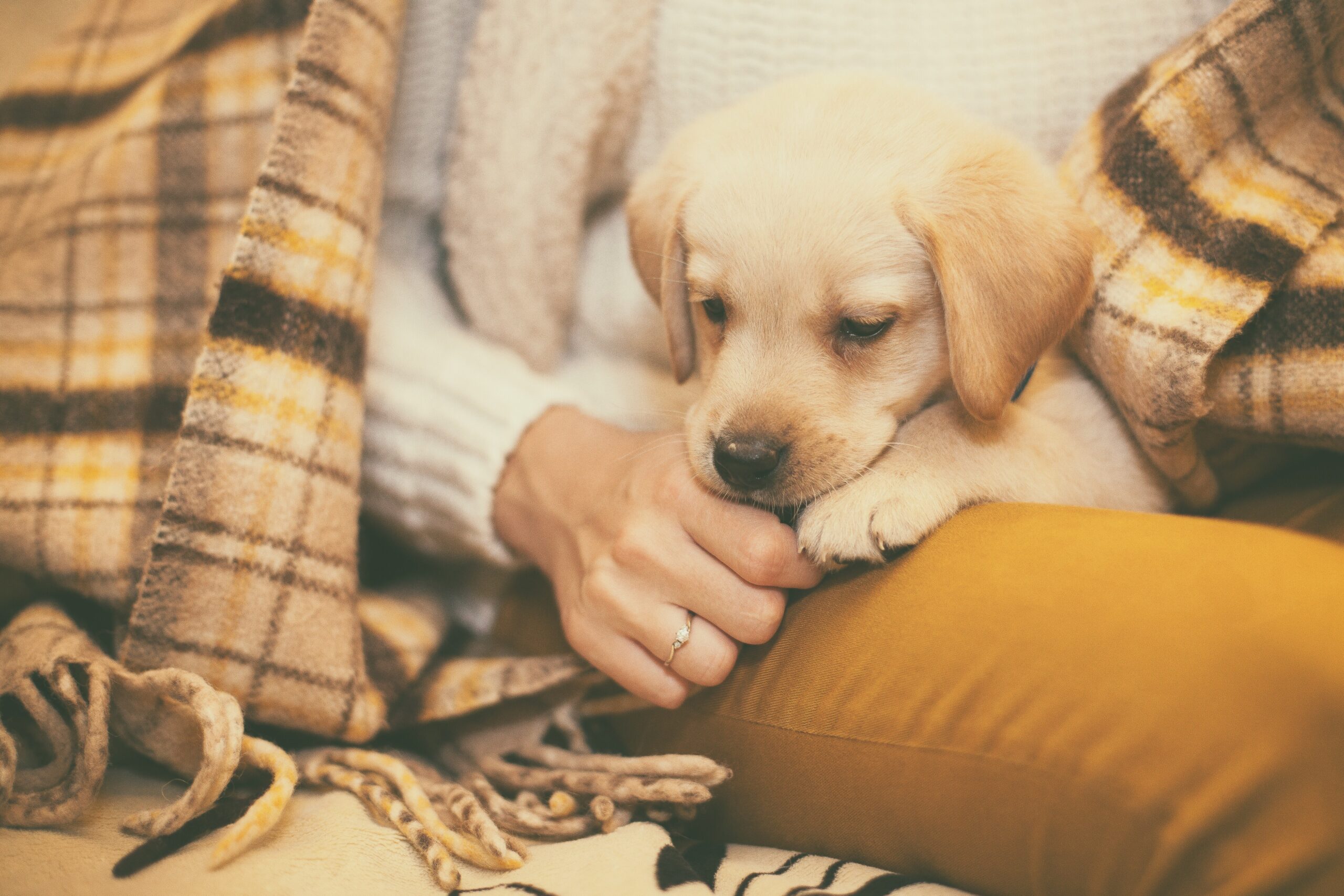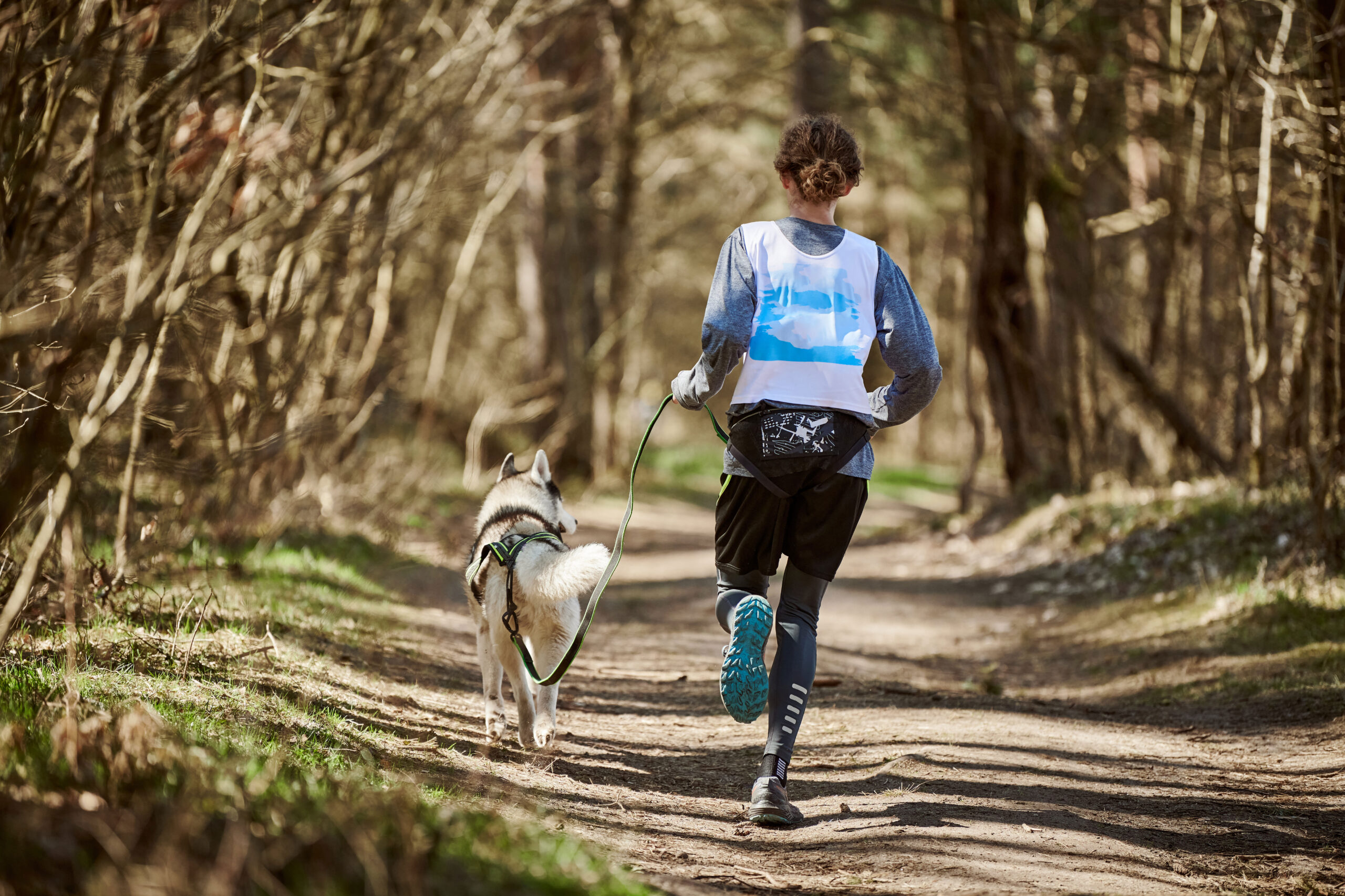
Unraveled: Summit Professional Services
The interview for this article of The Dog Journal is with Joe Miller, CEO and founder of his company Summit Professional Services.
In my experience as a dog breeder the litter will give plenty of indications when they are ready to start eating a soft food often called a “gruel”. I often find this time/age can be different based on several factors.
1. The breed – Some breeds start to wean earlier than others.
2. Size of litter – Small litters and large litters can affect the weaning age of a litter
3. Quantity of milk – Some Dams would keep their puppies until they are old and grey if they could. Some Dams just don’t have a good milk supply, so this can necessitate earlier weaning.
4. The puppy’s tummy – Puppies are born to drink their mother’s milk and as they grow and have changes in their bodies which allow them to process, digest and utilize food other than milk. This change will be different in every single puppy. Trying to wean a puppy too early can be fatal.
5. Availability of milk – Some Dams want the litter to wean earlier than others. If the Dam no longer wants the puppies and they are not physically ready to move to a more solid diet you may need to bottle feed or pan feed a milk substitute until the puppies are ready for a gruel.
I like to crush the puppy food I will be feeding into a powder. Then I put 4 to 6 tablespoons of the powdered puppy food into a low sided dish. Then I add some lukewarm water. The younger the puppies and the first feeding or two I make the gruel thinner and then thicken it up as the puppies get better at eating. I prefer to use a “flying saucer” type of a dish. This type of a dish has a raised center, which helps to keep the puppies out of the center of the bowl and it does help to keep them a little cleaner. I introduce the puppies to the food one at a time.
I do this by tapping on the food dish 3 times with a spoon and say “Here puppy, puppy.” Then I sit the puppy in front of the dish. I use the spoon to bring food up to the puppy’s mouth. This helps to teach the puppy that food comes from humans and food is good. It also teaches them to sit for food. I do this with each puppy. Next, I let them eat what they want. Because wet food can spoil and/or go rancid very quickly, I NEVER EVER leave the food down for more than 20 minutes. This 20-minute time includes the soaking time, which is why I prefer to powder the food in the beginning. After the puppies have had time to roll around in, sleep in and eat what they can, I let the Dam back in with the puppies and let her clean up the puppies and the dish. Be careful, as some Dams do what we call resource guarding (which is not a desirable trait) around food and will even do it with their puppies. If you have a Dam like this, move the remaining food to her and then let her in with puppies to clean them up after she is finished cleaning up the dish of gruel.

The OFA created the Canine Health Information Center (CHIC) by partnering with participating parent clubs to research and maintain information on the health issues prevalent in specific breeds. We’ve established a recommended protocol for breed-specific health screenings. Dogs tested in accordance with that protocol are recognized with a CHIC number and certification.
At OFA, we recognize that the more information stored and accessible in these databases, the better it will be for every breed. And so, we encourage all breeders to attain CHIC Certification if their breed participates in the CHIC program. A dog achieves CHIC Certification if it has been screened for every disease recommended by the parent club for that breed and those results are publicly available in the database.
Core to the CHIC philosophy is the realization that each breed has different health concerns. Not all diseases have known modes of inheritance, nor do all diseases have screening tests. Some screening tests are based on a phenotypic evaluation, others on genetic testing. With all these variables, a key element of the CHIC Program is to customize or tailor the requirements to the needs of each breed. These unique requirements are established through input from the parent club prior to the breed’s entry into the CHIC Program.
Breed-specific requirements typically consist of the inherited diseases that are of the greatest concern and for which some screening tests are available. Each parent club also drives specific screening protocols. As an example, one parent club may allow cardiac exams to be performed by a general practitioner. Another parent club may require the exam to be performed by a boardcertified cardiologist. A club may also use the CHIC Program to maintain information on other health issues for anecdotal purposes. Later, as screening tests become available, the disease may be added to the breed-specific requirements.
Test results from the OFA databases are shared automatically with the CHIC program. There is no additional fee nor additional forms to fill out for CHIC purposes once the results are registered with the OFA.
All regular OFA fees apply in order to register the results with the OFA before they are shared with the CHIC program.
OFA: 573-442-0418
Answered by: Chuck Holt/New Now Services
How does it work?
What will they ask of me?
The scammer will ask for you to send back a 6 digit code they will send you to verify you are legitimate.
Why do they want this code?
The scammer sets up a Google Voice account and links it to your cell phone number (which they got from the listing). The Google authentication process prompts the scammer to prove that they own the number by entering a six-digit code sent to the victim’s phone. The scammer tricks the victim into sharing the verification code, then uses this to “prove” they have access to the victim’s U.S. number. Once the verification process is complete, they can use the Google Voice number to scam others.
When they ask for the code, what should I do? Do not respond. It is a scam. They do not want your puppy, they want you to verify the phone number.
What if I gave the scammer the verification code?
Google recommends doing the following:
1. On your computer, go to voice.google.com.
2. At the top right, click Settings .
3. Under Linked numbers, click New linked number. 4. Enter the phone number to link.
5. To verify your number, Voice provides a six-digit code:
6. Enter the code and then click Verify. If the number is being used by another account, you get a message asking if you want to claim it.
7. Click Claim. The number is linked with your account again.

The interview for this article of The Dog Journal is with Joe Miller, CEO and founder of his company Summit Professional Services.

If you wanted to sell your puppies on a listing marketplace, the process used to be simple. You needed a picture of the puppy, a generic description, and your phone number. Then you waited for calls and usually sold your puppies within a week or two.

“What exactly is Canicross?” you may ask. Well, we have never heard of this canine sport either, until just recently, when Rachel Clark, with CherCar Kennels, reached out and asked if we would be willing to cover it in The Dog Journal.